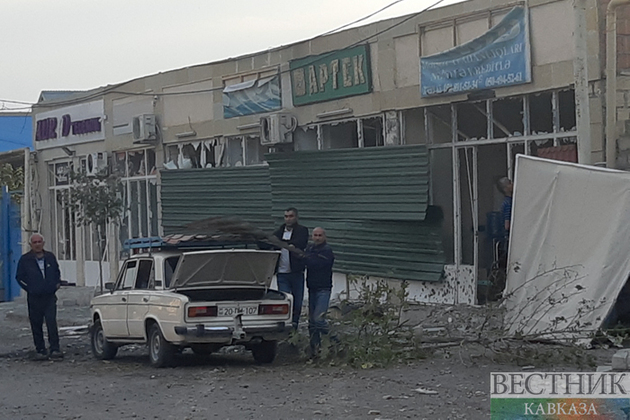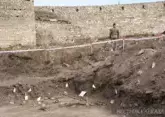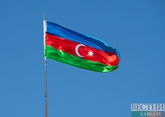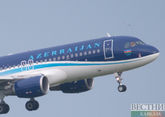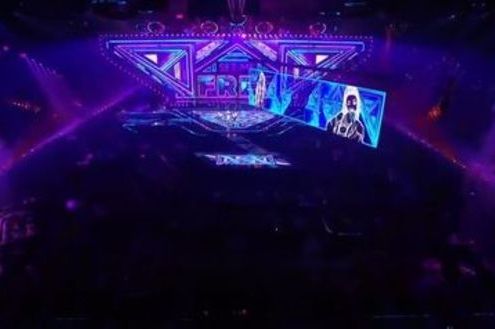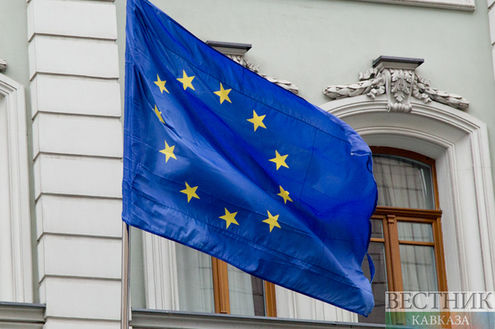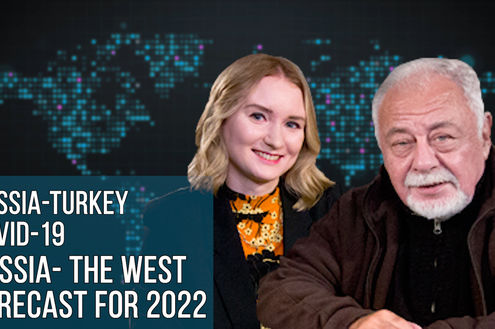Armed conflict between Armenia and Azerbaijan over Nagorno-Karabakh has flared up once again. This protracted conflict is no longer referred to as ‘frozen’, given the ongoing escalation and a previous minor confrontation on July 12, Emerging Europe writes in the article No ceasefire in sight as Armenia and Azerbaijan once again fight over Nagorno-Karabakh. And unlike previous short wars that lasted just a few days, there is currently no sign of a ceasefire agreement.
Regional geopolitics of the conflict
A renewed war in Nagorno-Karabakh is alarming for the security of the entire South Caucasus. Georgia, trapped between the conflicting sides and their regional supporters (Turkey for Azerbaijan and Russia for Armenia), called on the OSCE Minsk Group and other international actors to bring both sides to the negotiating table. Tbilisi offered to host a meeting between representatives of Baku and Yerevan. Having maintained good relations with both neighbours, Georgian officials have stressed Tbilisi’s neutrality on the Nagorno-Karabakh conflict. Georgia is also home to a large number of Armenian and Azerbaijani citizens who live peacefully together but are particularly sensitive to the tense relations between Yerevan and Baku. In supporting peaceful negotiations and showing impartiality, Georgia is primarily focused on domestic and regional stability.
As the conflict spirals, Armenia and Azerbaijan have increased demand for military assistance from their regional supporters. As the main transit point, Georgia has banned the movement of any type of armament across its borders: “Since the inception of escalation, temporarily suspended the issuance of permits for transiting military cargo through its territory in the direction of both said countries, be it by air or land.” Georgia denied allegations it allowed Syrian fighters to travel from Turkey to Azerbaijan through its territory, calling it false information aimed at “escalating the situation in Georgia and the wider region.”
Ankara does not profess to be a neutral actor in this conflict. For Turks and Azerbaijanis, regional politics are defined by their ethnic kinship. It therefore came as no surprise when President Recep Tayyip Erdogan declared unconditional support for Azerbaijan in the fight for Nagorno-Karabakh. Until now, Ankara’s support has consisted primarily of moral and political reinforcement. But recent reports suggest Turkey is now providing intelligence and military support. President Erdogan also refused to pursue “superficial” demands for a ceasefire in response to the OSCE Minsk co-chairs joint statement. He believes achieving long-lasting peace in the Caucasus is conditioned on “the liberation of every piece of the occupied lands of Azerbaijan.”
The Kremlin has historically positioned itself as a neutral actor, intending to facilitate the conflict resolution process as a co-chair of the Minsk Group. However, Moscow and Yerevan are tied by a treaty that obliges the former to provide military support in case officially recognised Armenian territories come under attack. Moreover, Armenia’s second largest city of Gyumri hosts the only consent-based garrisons of Russia in the South Caucasus. However, President Vladimir Putin has had an uneasy relationship with Pashinyan’s government since it obtained power through the Velvet Revolution of 2018. This is because Moscow does not like colourful revolutions in its neighbourhood (as demonstrated in Georgia, Ukraine, and most recently Belarus) and Prime Minister Pashinyan has taken steps to balance its politics with the West. The Kremlin has also developed close ties with Azerbaijan. Moscow’s reaction to the ongoing armed conflict over Nagorno-Karabakh has so far been unusually balanced, despite Turkey’s firm support for Azerbaijan. Moscow knows very well that its direct intervention in this war would cost its relationship with either Yerevan or Baku. The scale and stakes are too high this time to avoid disappointing one or the other. However, maintaining a neutral position and holding back military support stipulated by the treaty would cause significant discontent amongst the Armenian people and government.
Previous peace processes
The Nagorno-Karabakh conflict is incredibly complex. It is an ethno-territorial conflict, reflecting a clash between two fundamental principles: territorial integrity in the case of Azerbaijan and the right to self-determination for ethnic Armenians living in the region. The dynamic of the conflict has been heavily influenced by domestic politics and developments within both republics. One can argue the conflict is firmly rooted in Armenian and Azerbaijani society and is widely regarded as an issue of statehood. Actions taken. by both sides are defined by anger, trauma, and a recognition of a ‘zero-sum’ reality. The conflict has also encouraged both republics to intensify militarisation. In 2019, the share of government spending on the military in Azerbaijan and Armenia amounted 11.3 per cent and 19.8 per cent respectively. Both governments have invested in modernising their weaponry. According to the International Crisis Group, approximately 176 heavy weapons were observed between 2006 and 2015, 70 special operations have been detected since 2015, and drones, including kamikaze drones, have been spotted for surveillance.
The Nagorno-Karabakh conflict has often been regarded as ‘frozen.’ However, four days of armed clashes in April 2016 shook the “no war, no peace” atmosphere and urged both republics, along with conflict mediators, to find a way out of the deadlock. The peace process, mediated by the OSCE Minsk Group and its co-chairs, has not resulted in a political resolution. But since the 1994 ceasefire, there have been several phases of negotiations. Among them were discussions in Paris, Key West and during the Prague Processes, after which Azerbaijan’s then newly appointed President Aliyev and former Armenian President Robert Kocharyan both pledged to continue the dialogue. Despite hopeful expectations, the Prague Process did not result in a breakthrough and was shortly followed by the Madrid Principles. The latter became known as the Basic Principles and outlined aspects such as interim and eventual determination of the region’s status, the rights of internally displaced people (IDPs) and refugees to return to their homes, the need for international security guarantees and the return of the territories surrounding Nagorno-Karabakh to Azerbaijani’s control. In January 2019, the foreign ministers of both republics agreed on the need to adopt measures to prepare the populations for peace. Despite some changes in rhetoric, both sides have remained cautious in their assessments of the peace process and have shown little intention to compromise.
The people of the South Caucasus know very well the cost of war and the importance of peace, but the current calls for peace demand not only the end of violent engagement, but also a profound transformation of the conflict to ensure lasting peace in the region.
